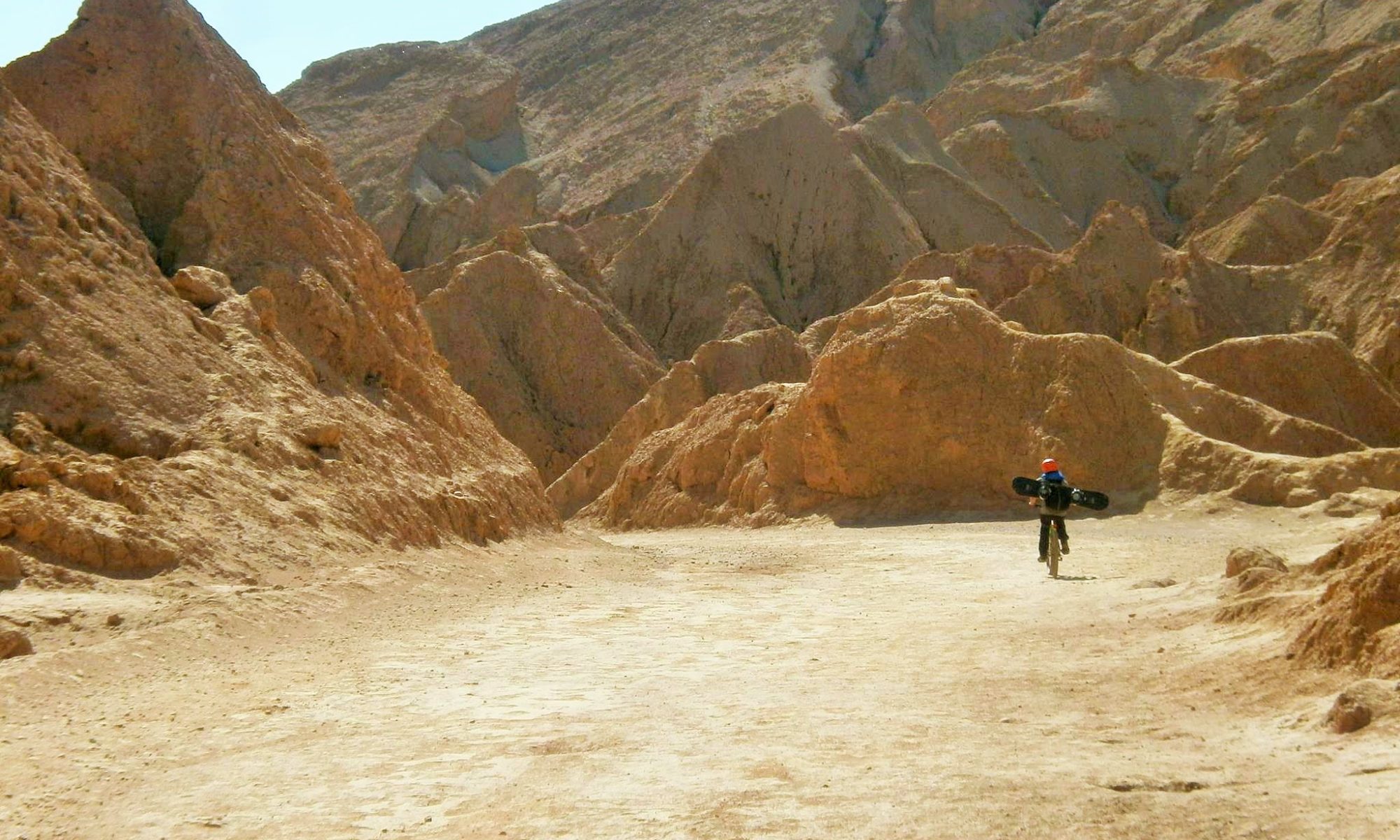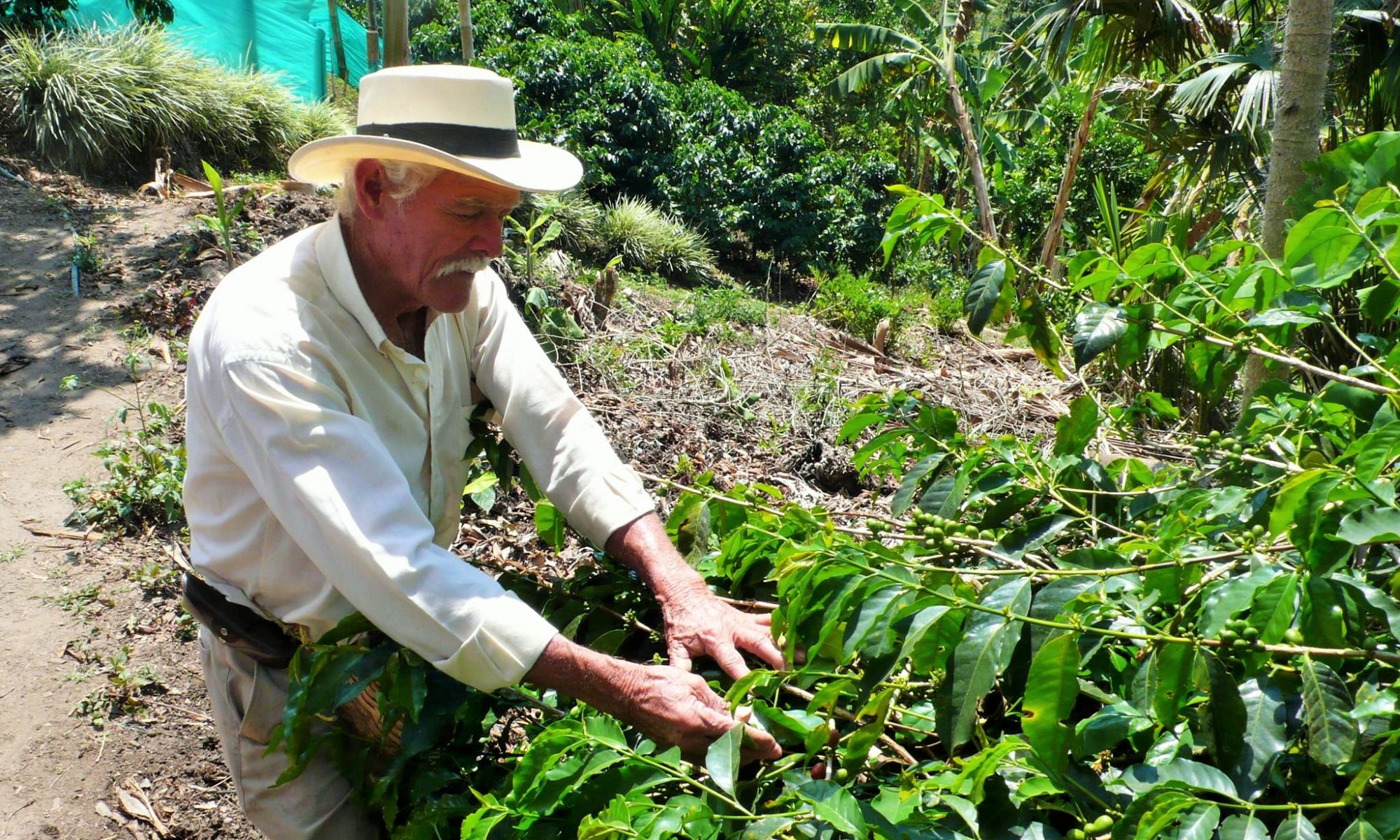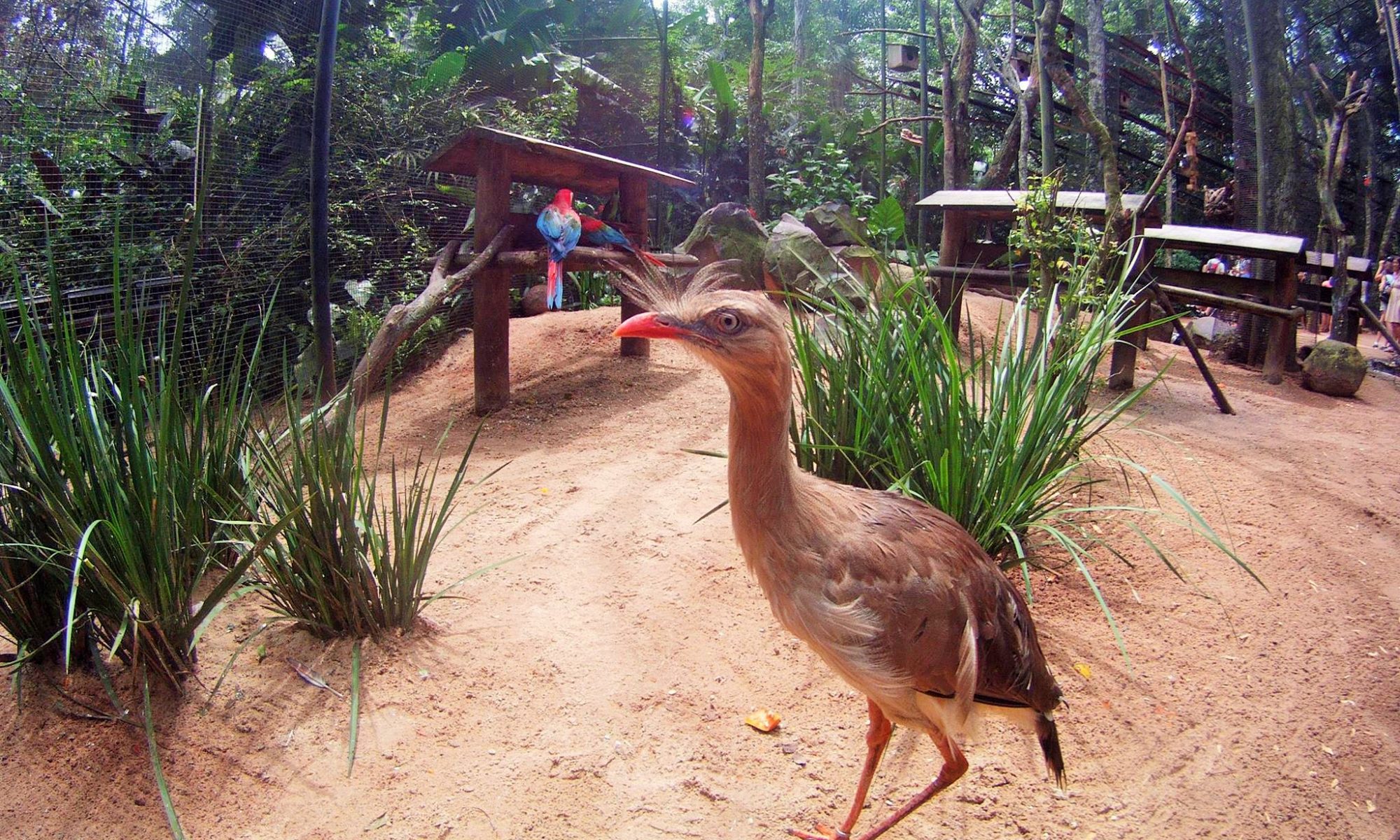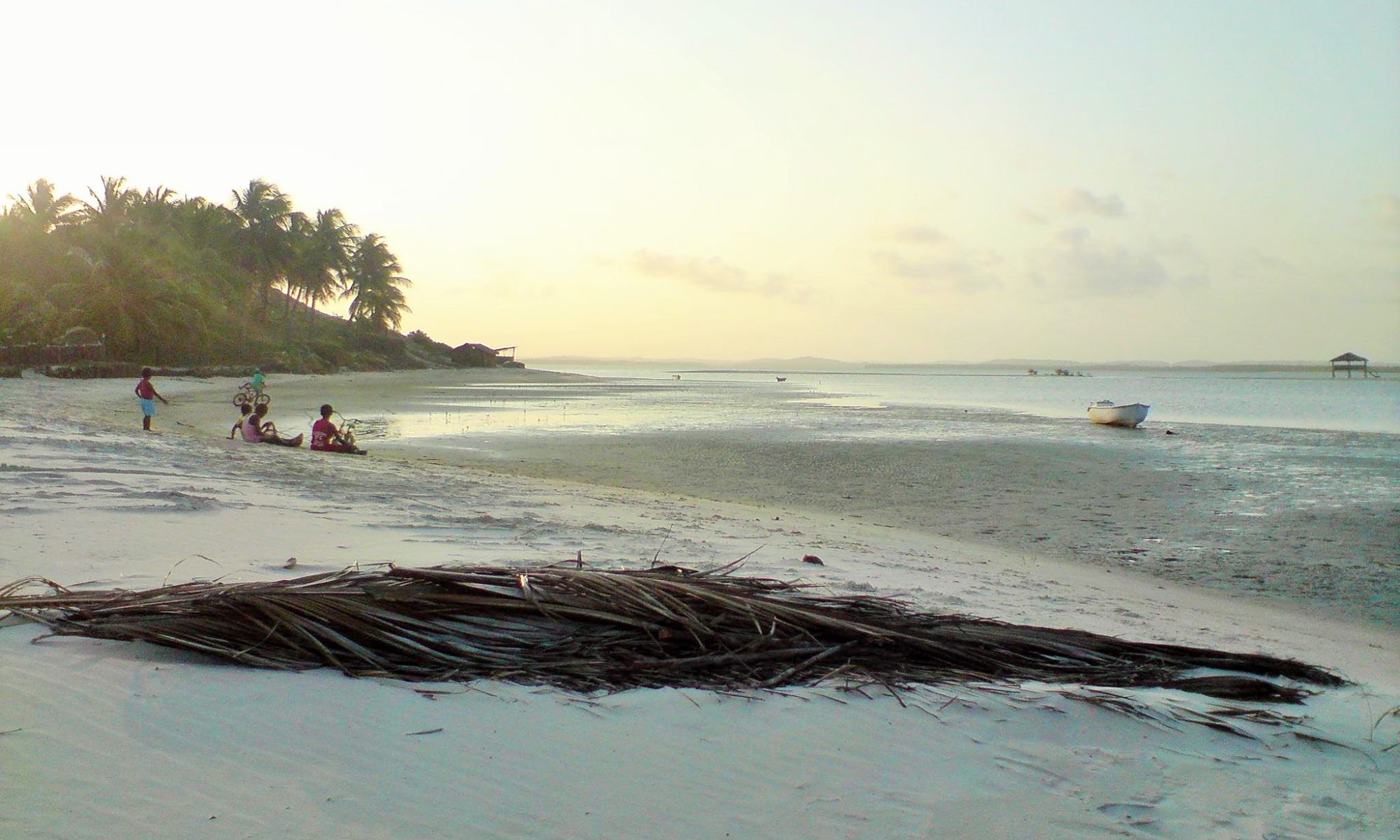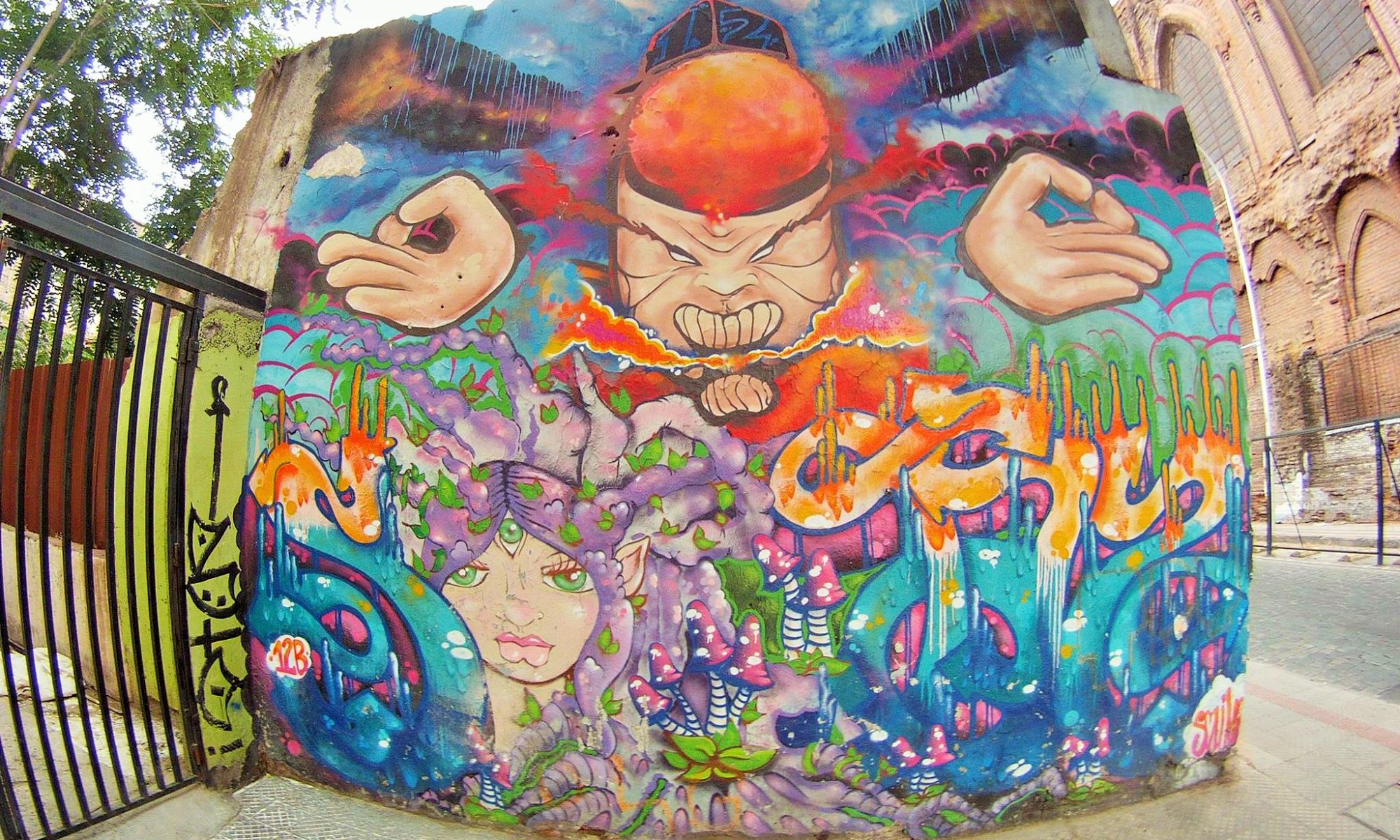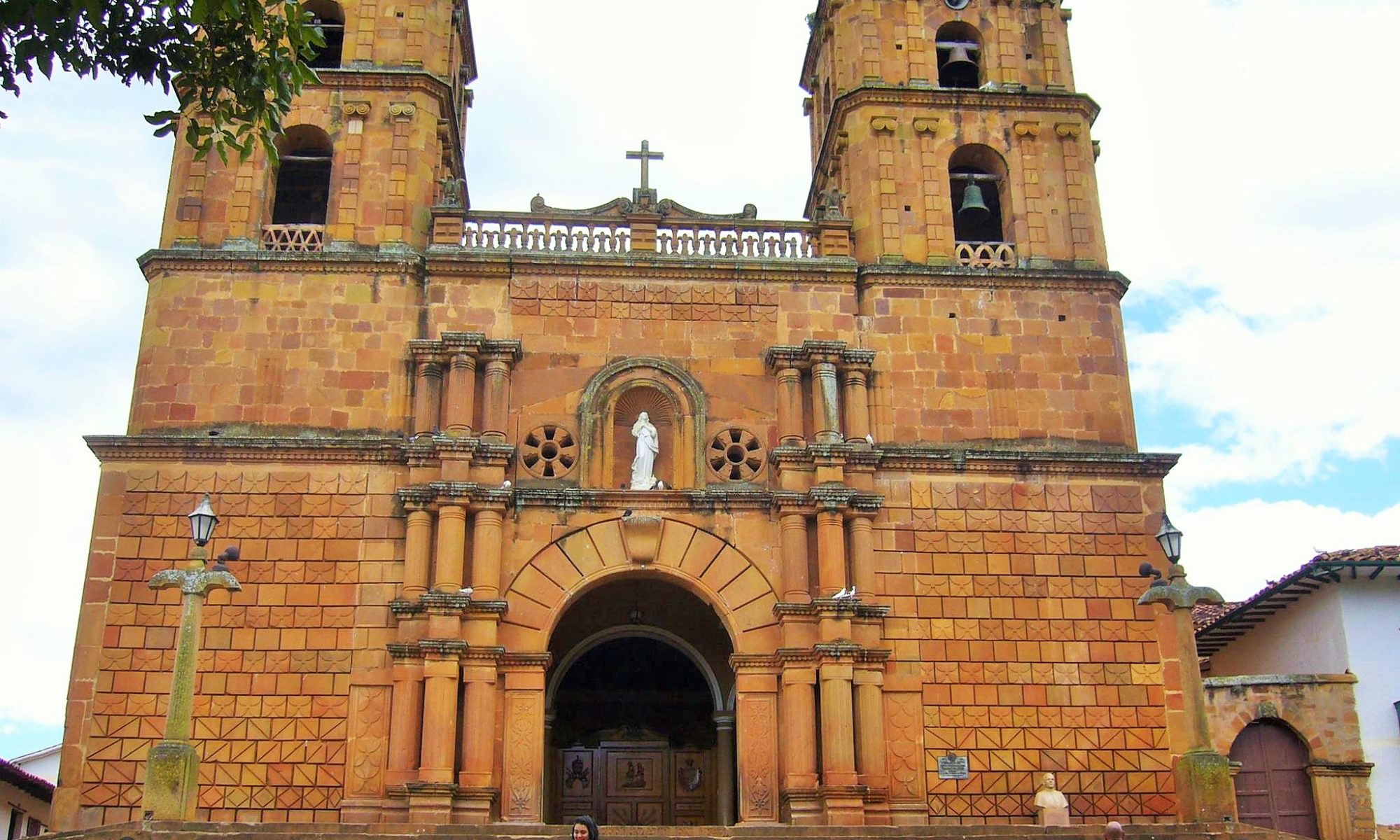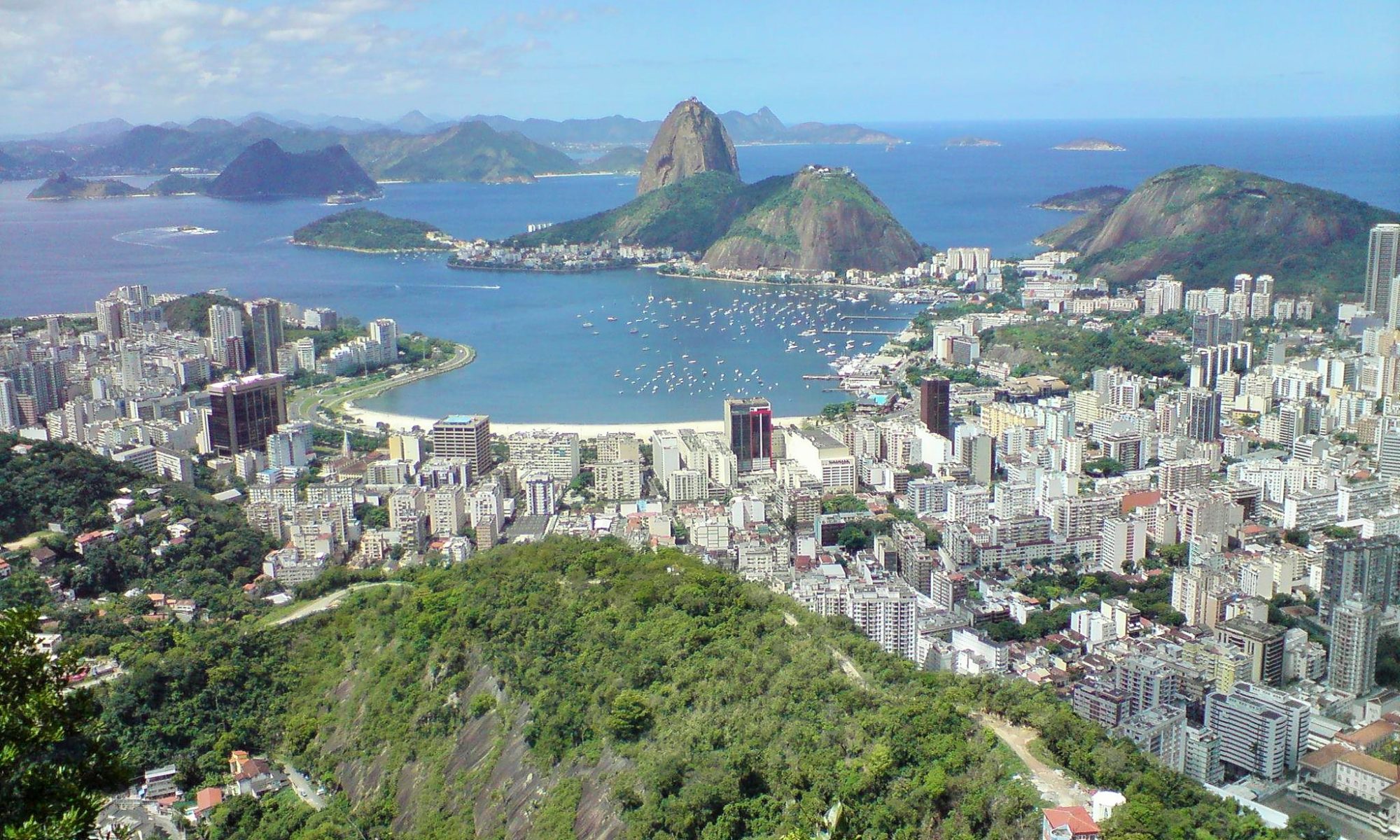Here we have an fabulous recommendation for bicycle riders, mountainbike fans and off road tourers from the end of the world. While we traveled through Chile from north to south we had a break in San Pedro de Atacama. It´s a good spot to chill in the hot climate, as well you can do a lot of outdoor activities. Like crossing a part of the desert by mountain bike for example. There are beautiful trails which offer a relatively bleak and monochrome landscape and provide in conjunction with the sun just a stunning picture. Of course, it is not nearly desolate, the mountain formations are just blatant. But the colors change accordingly to the sunlight and the overall scenario is very overwhelming. If you should do the same with a good mountain bike, remember that the “routes” are not always real routes.
>>> READ MORE

